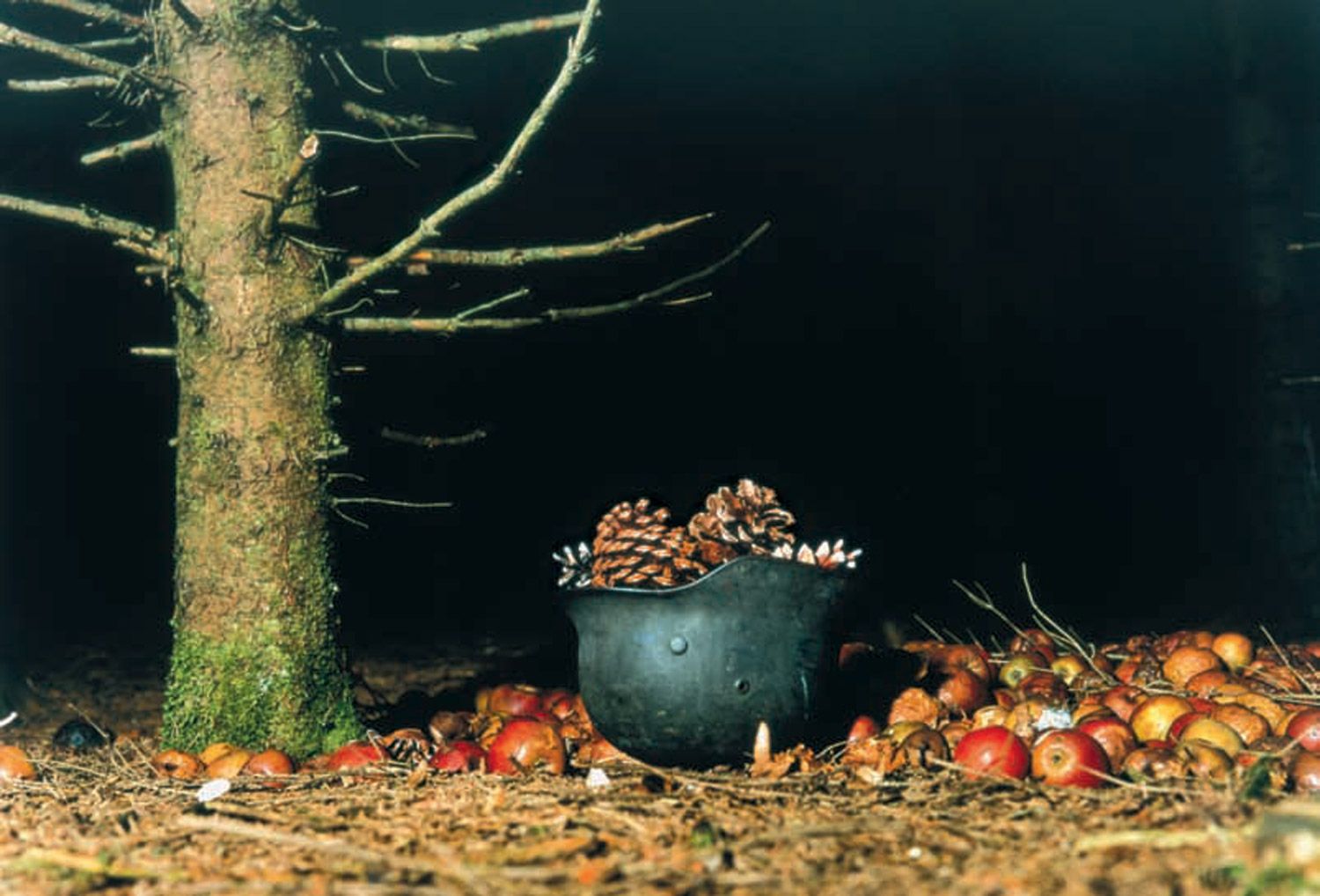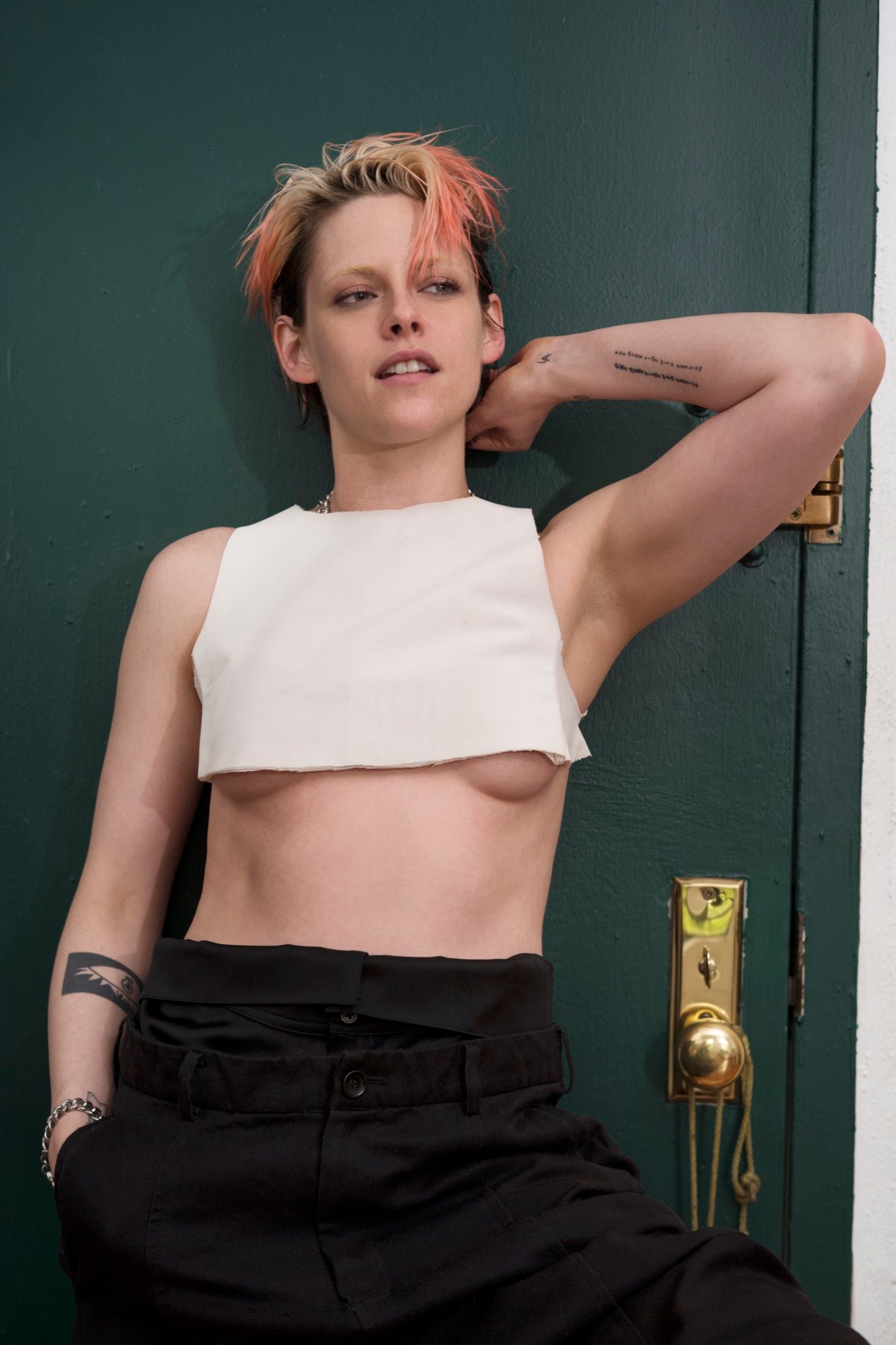How Artist COLLIER SCHORR Went from Objectifying German White Boys to Killing It in Women’s Fashion
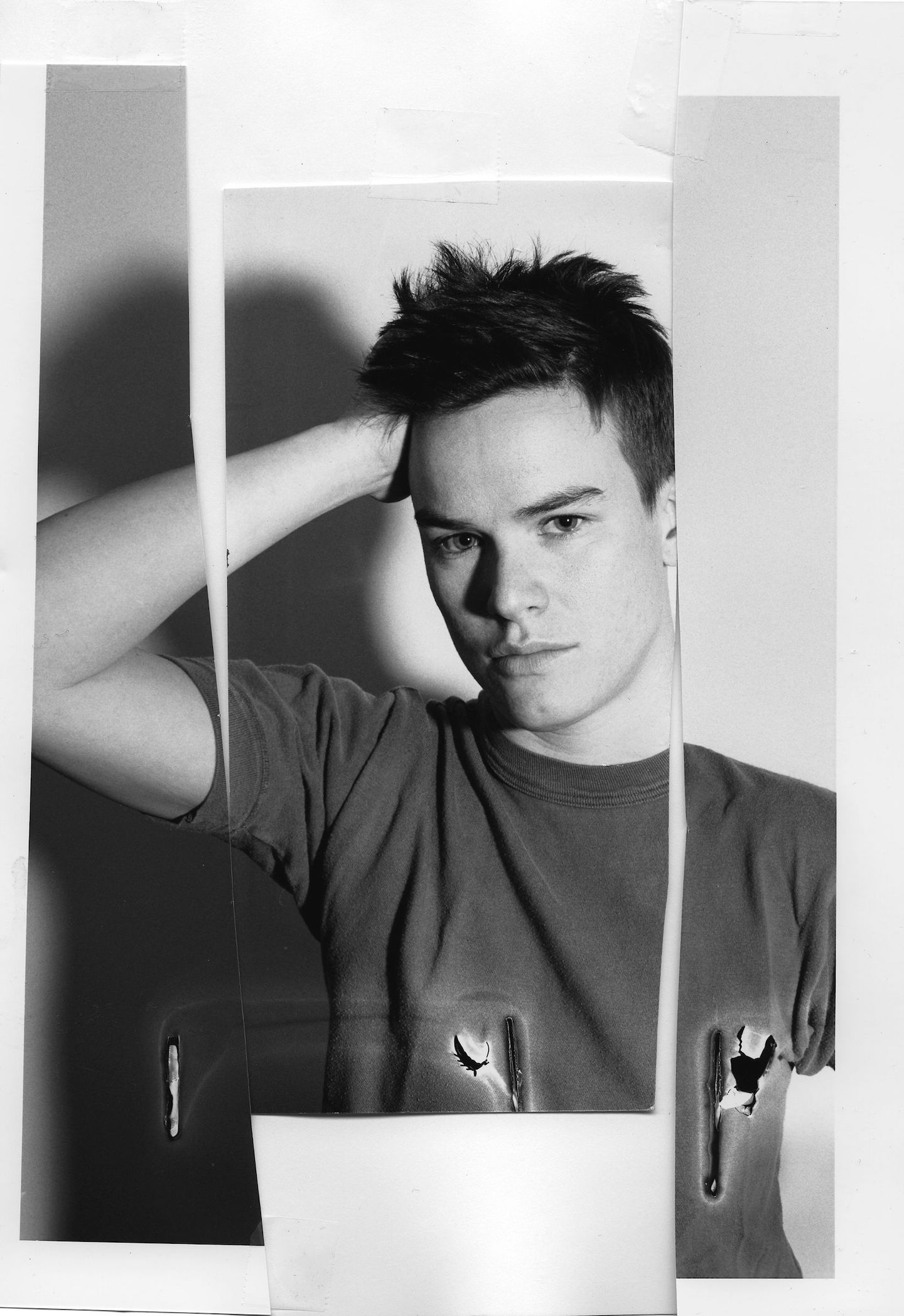
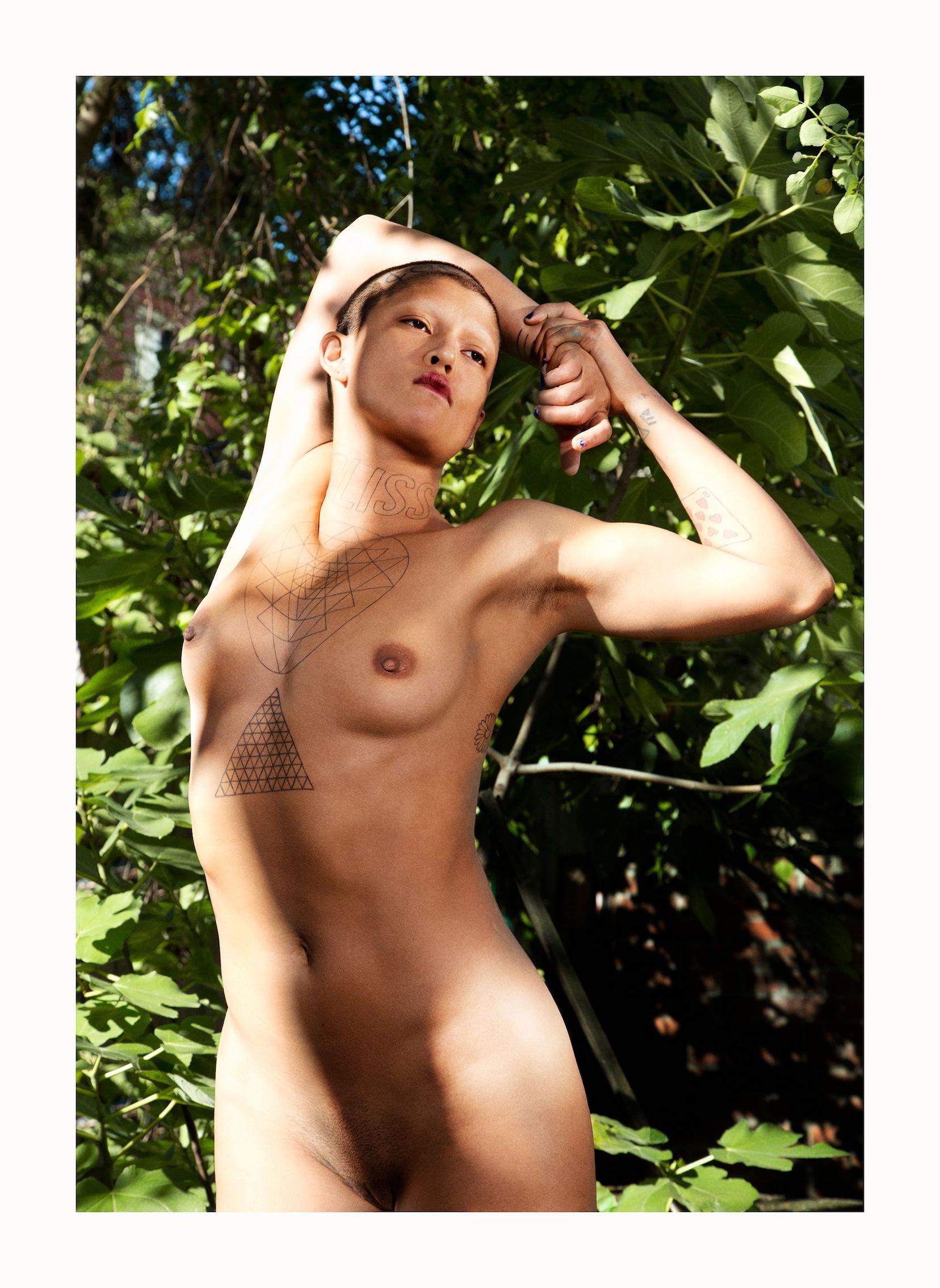
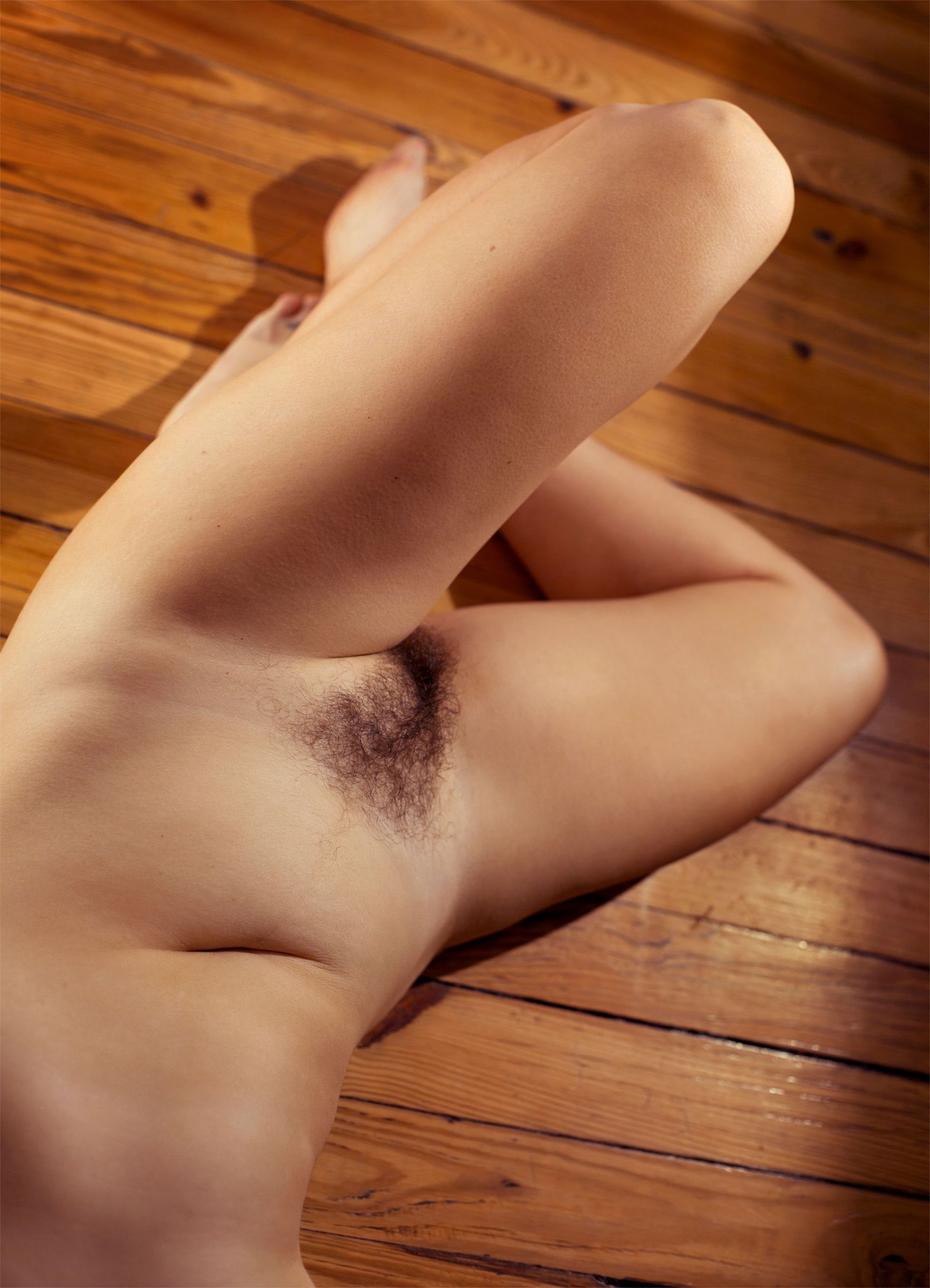
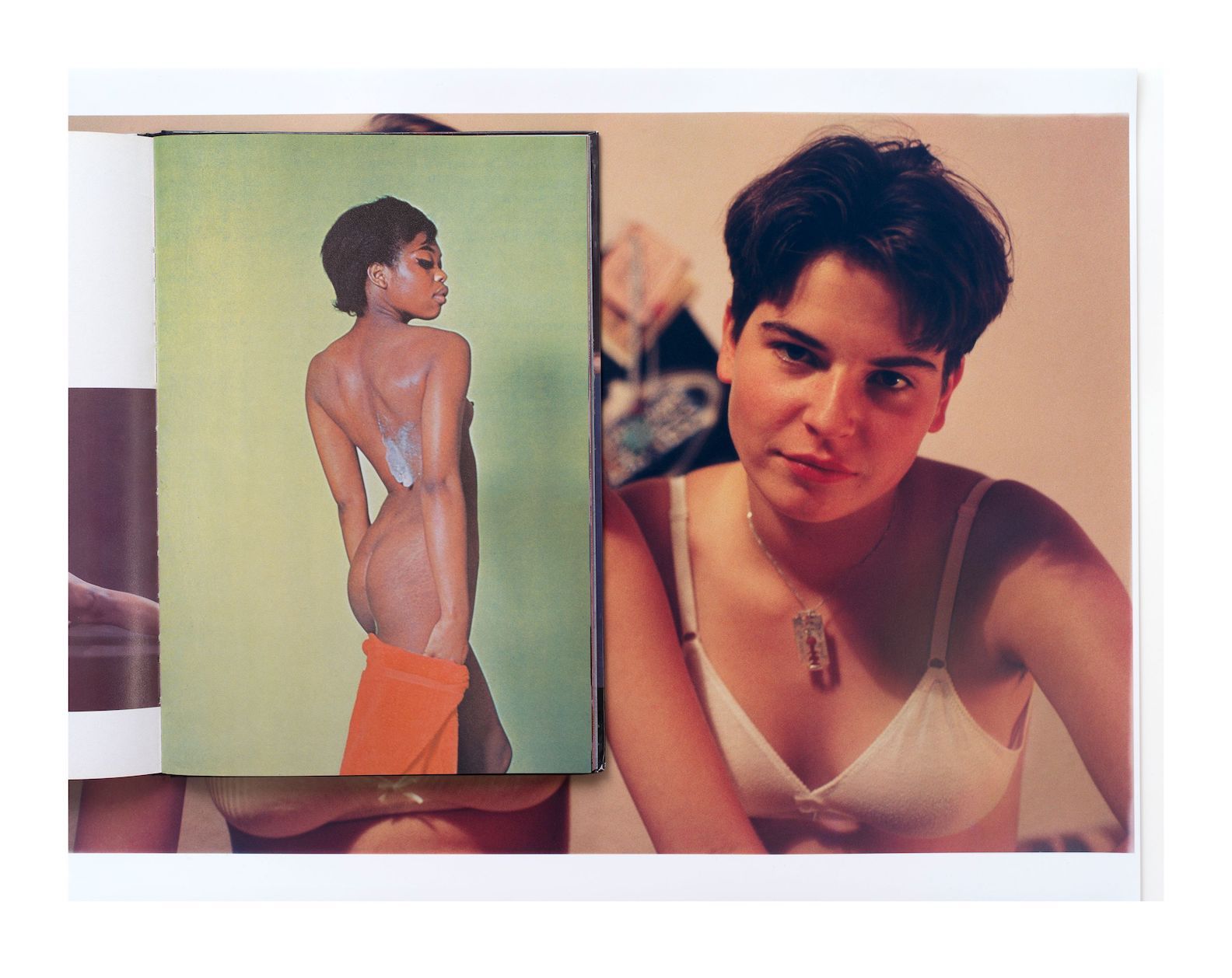
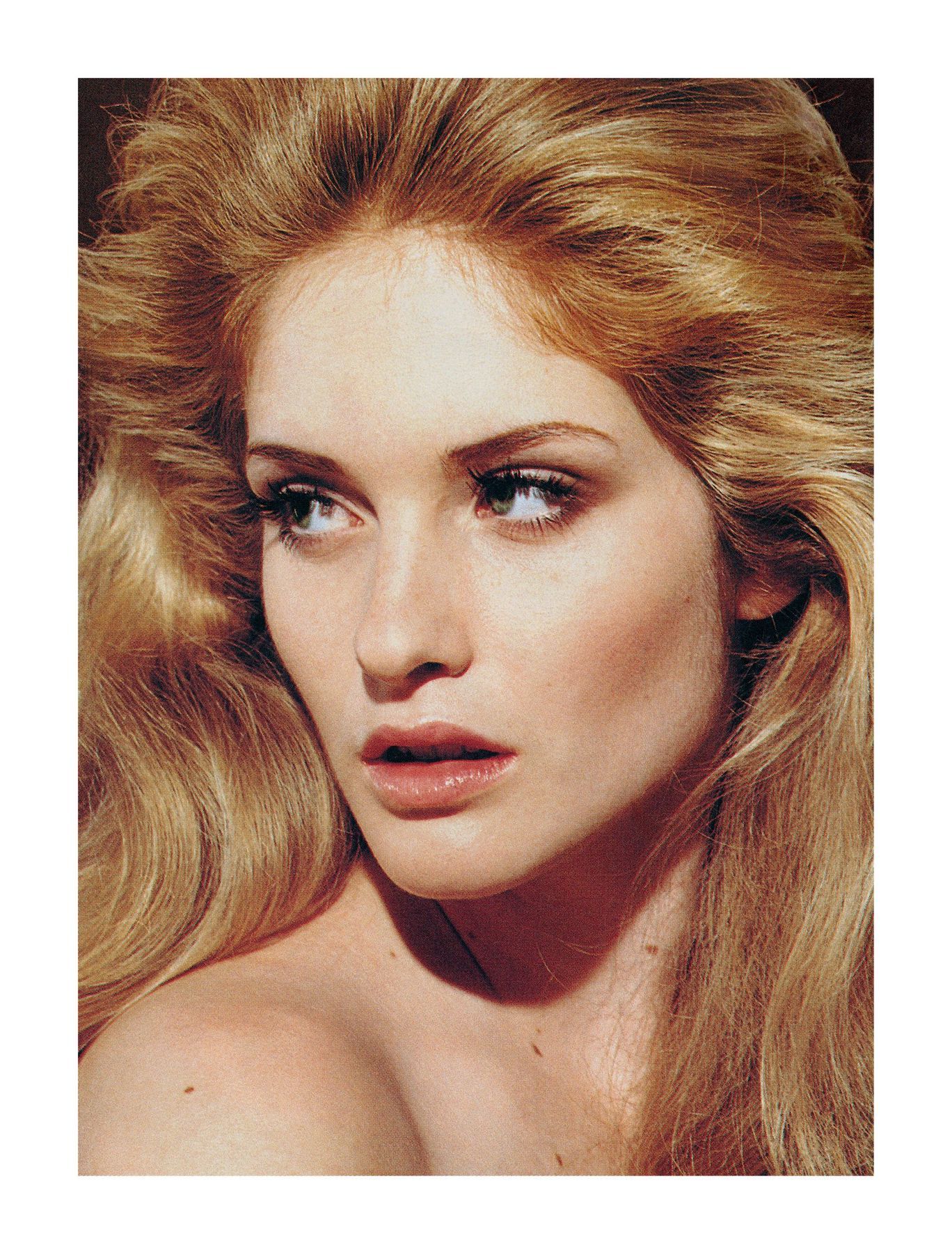
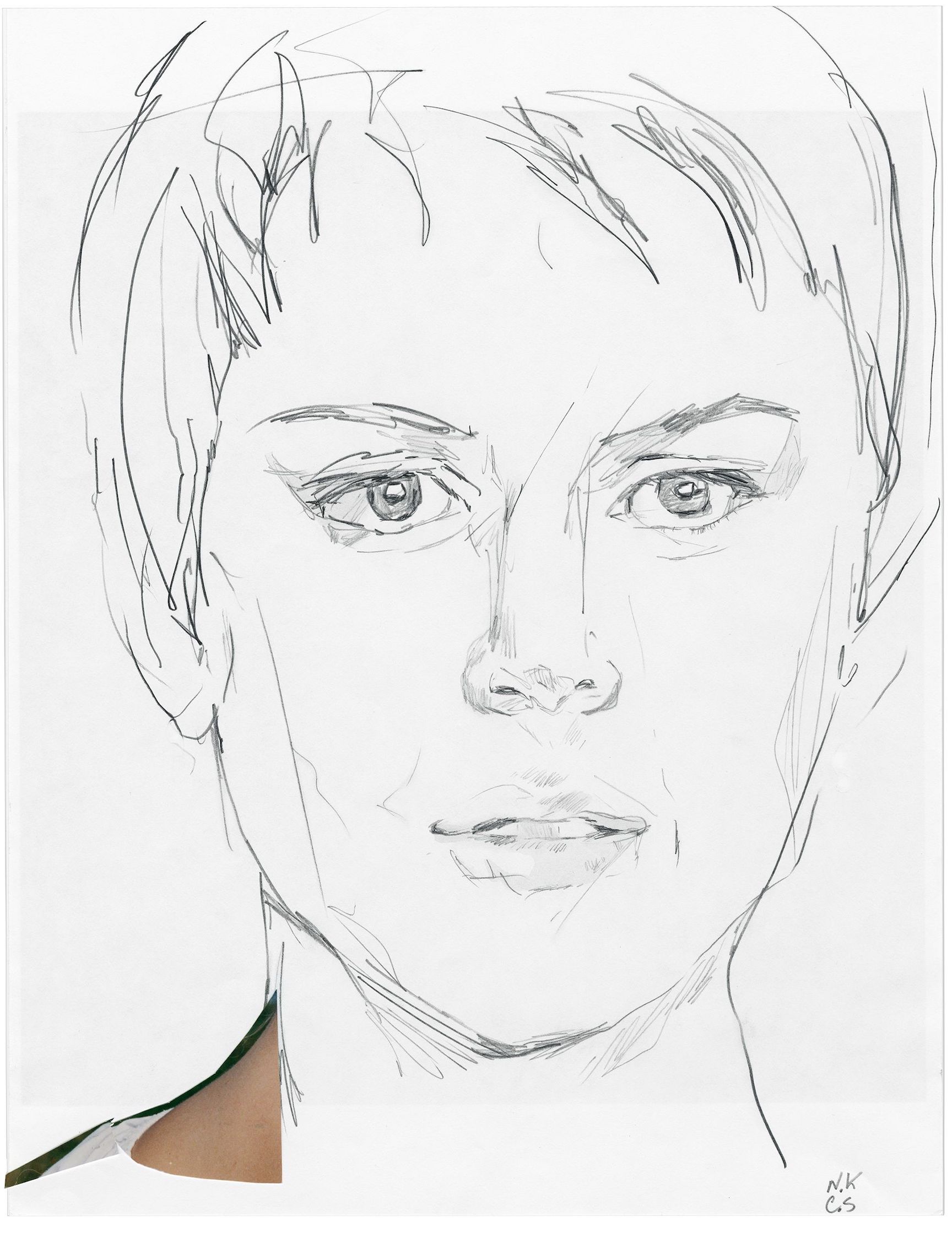
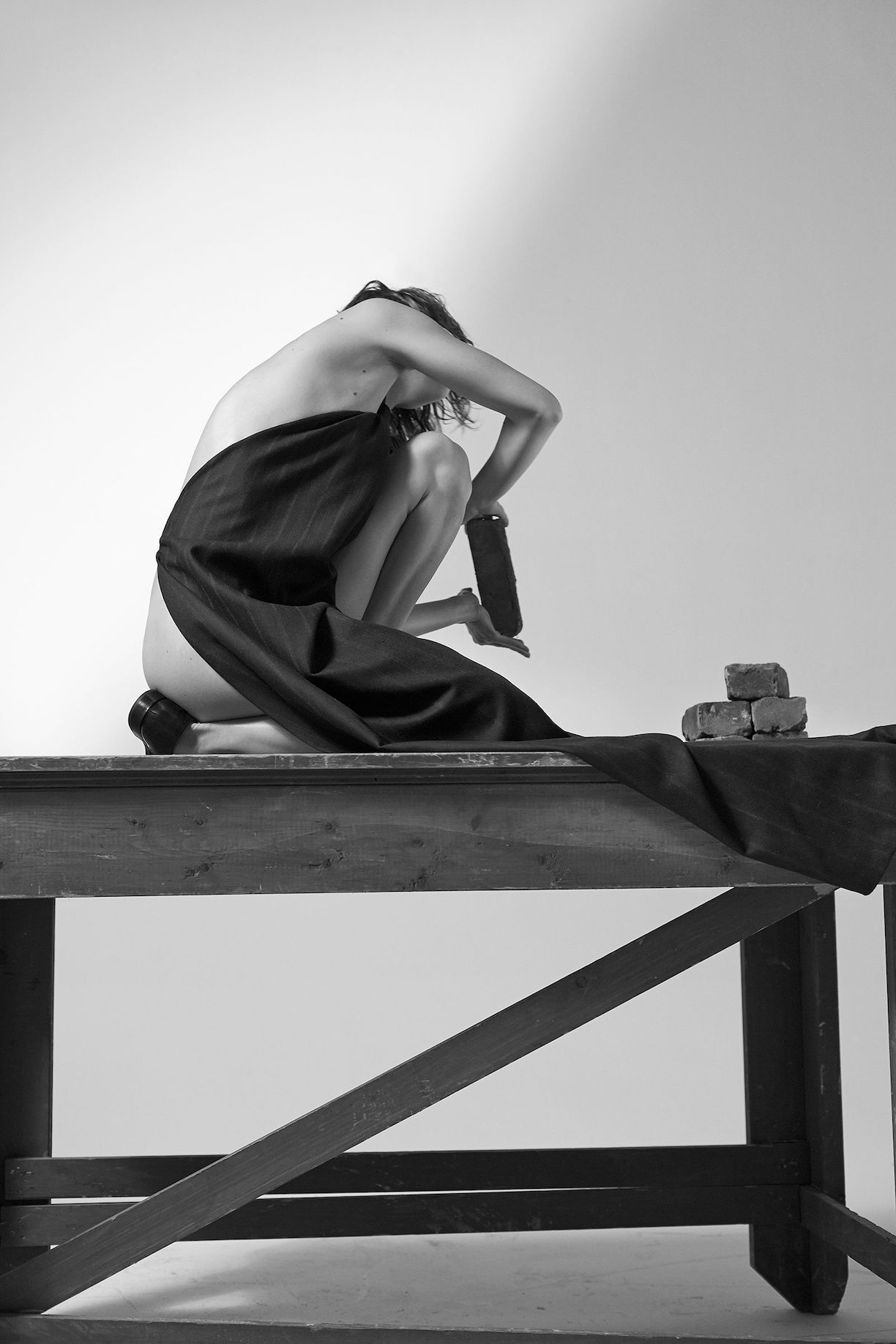
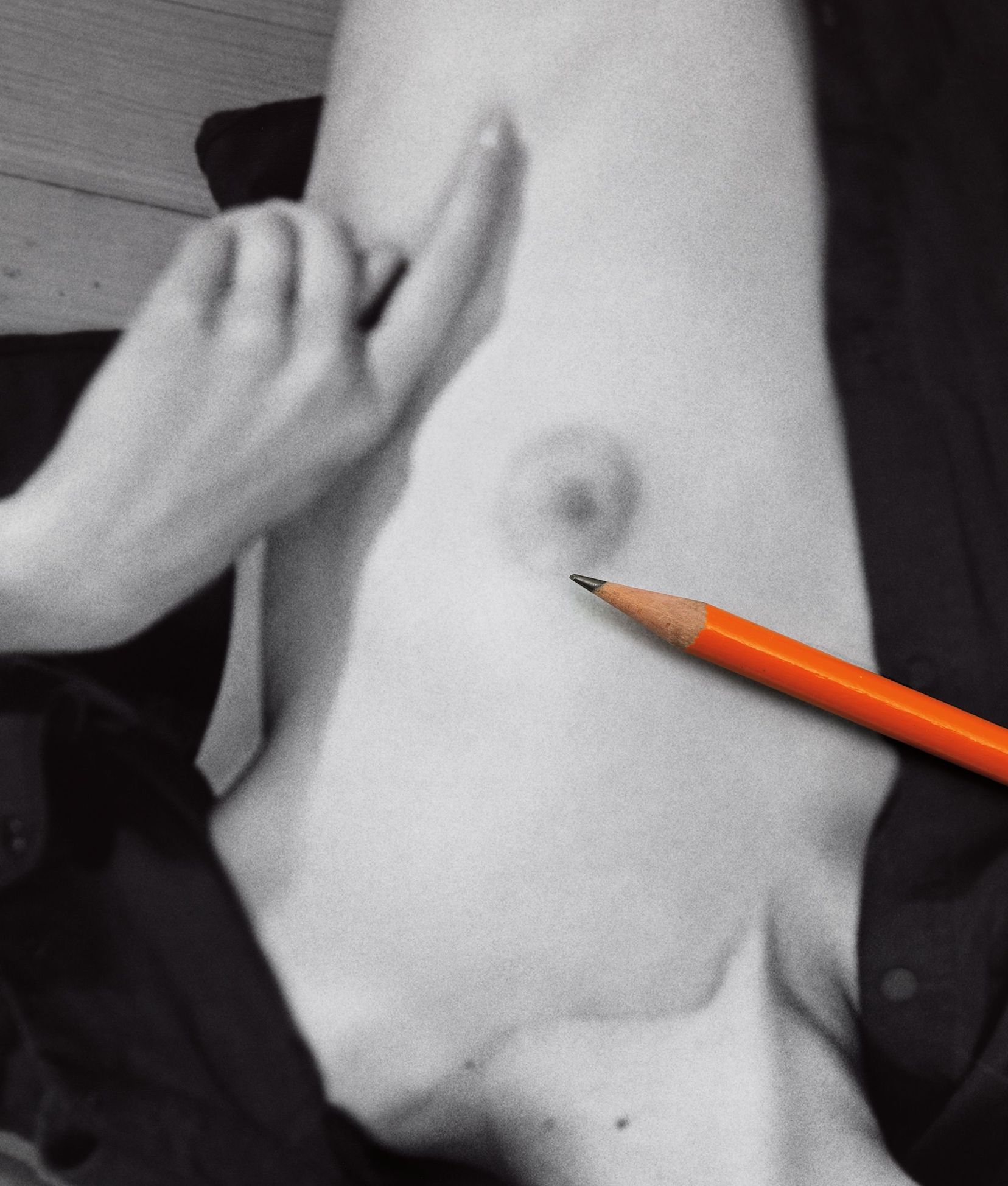
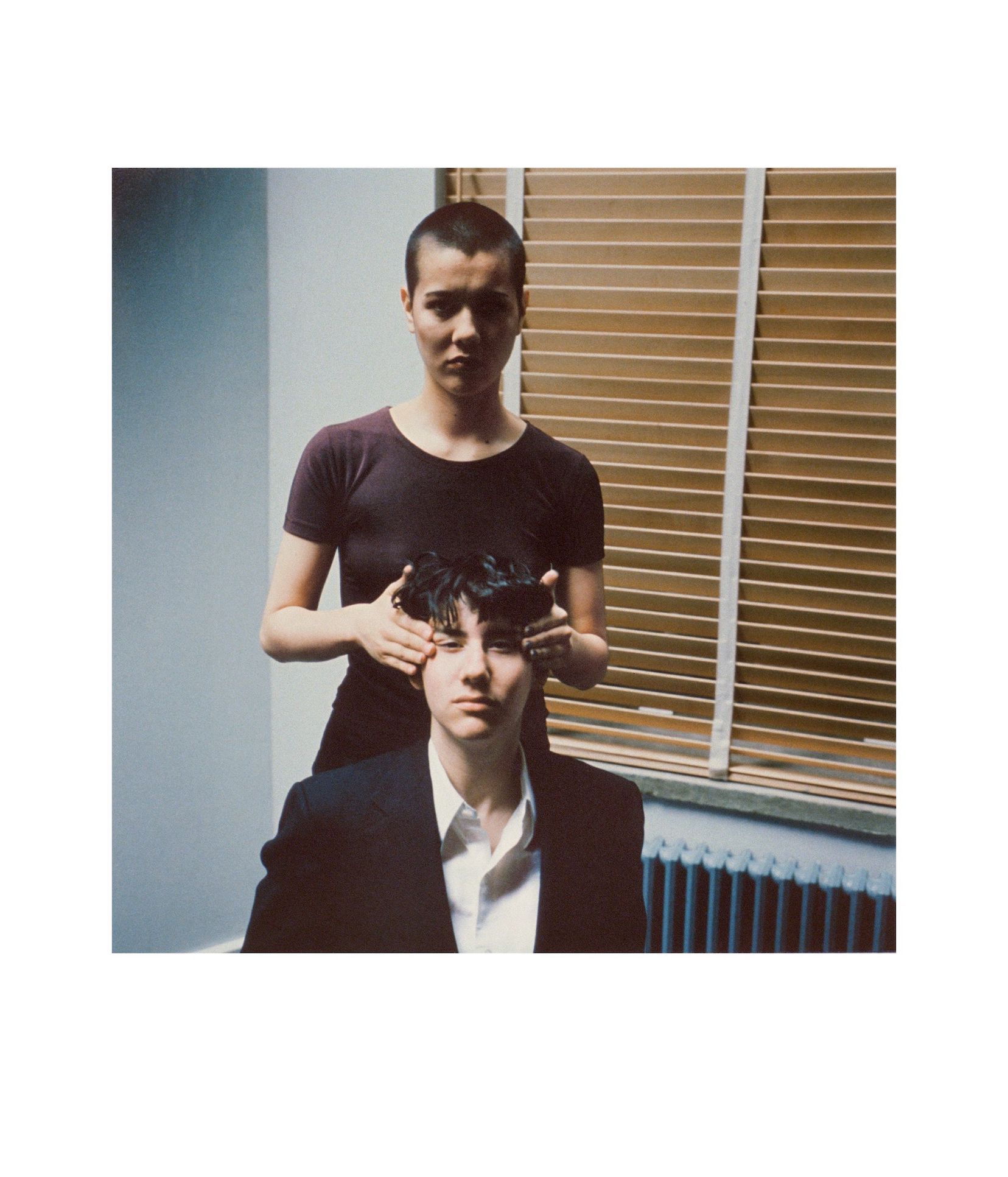
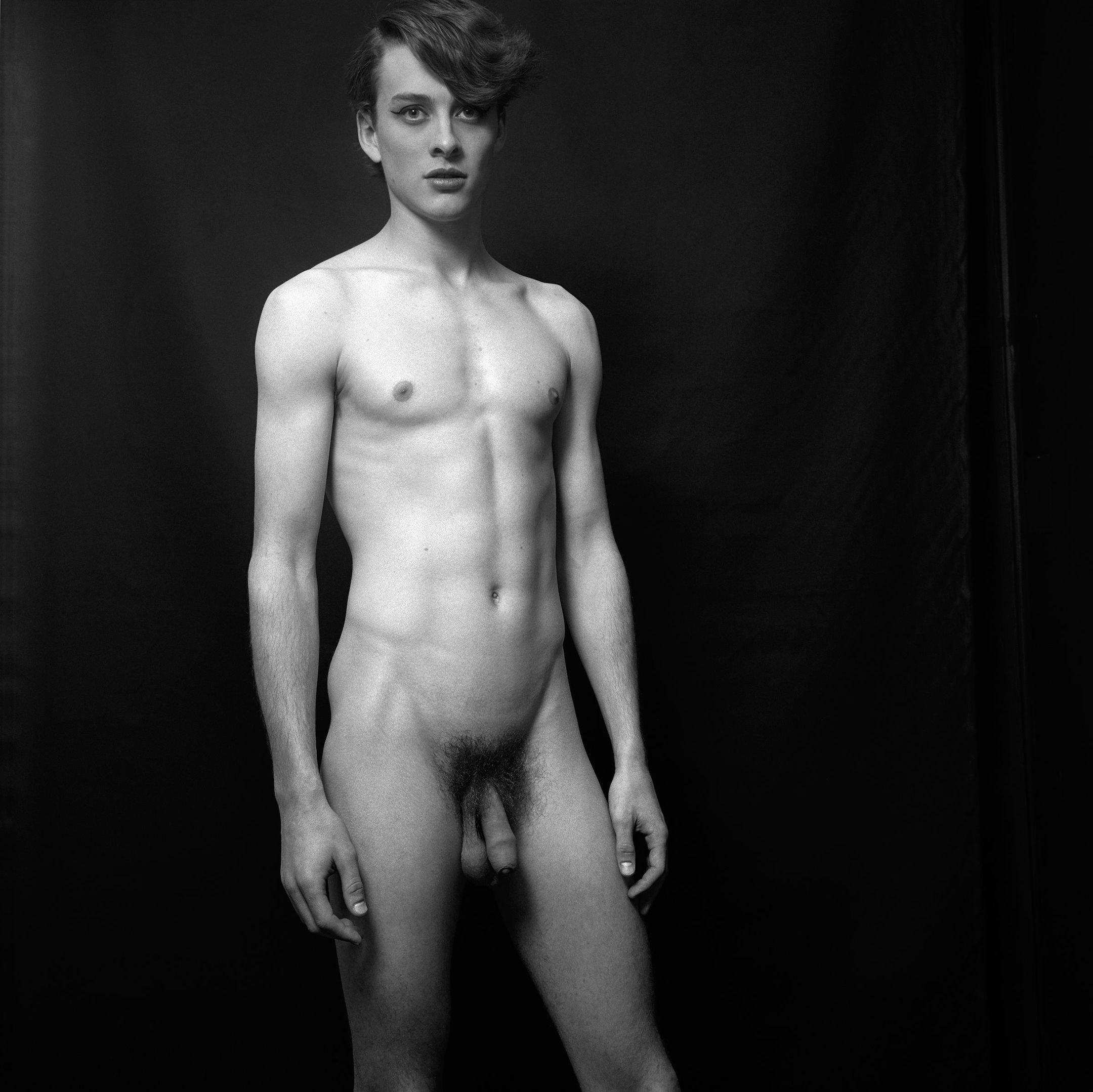
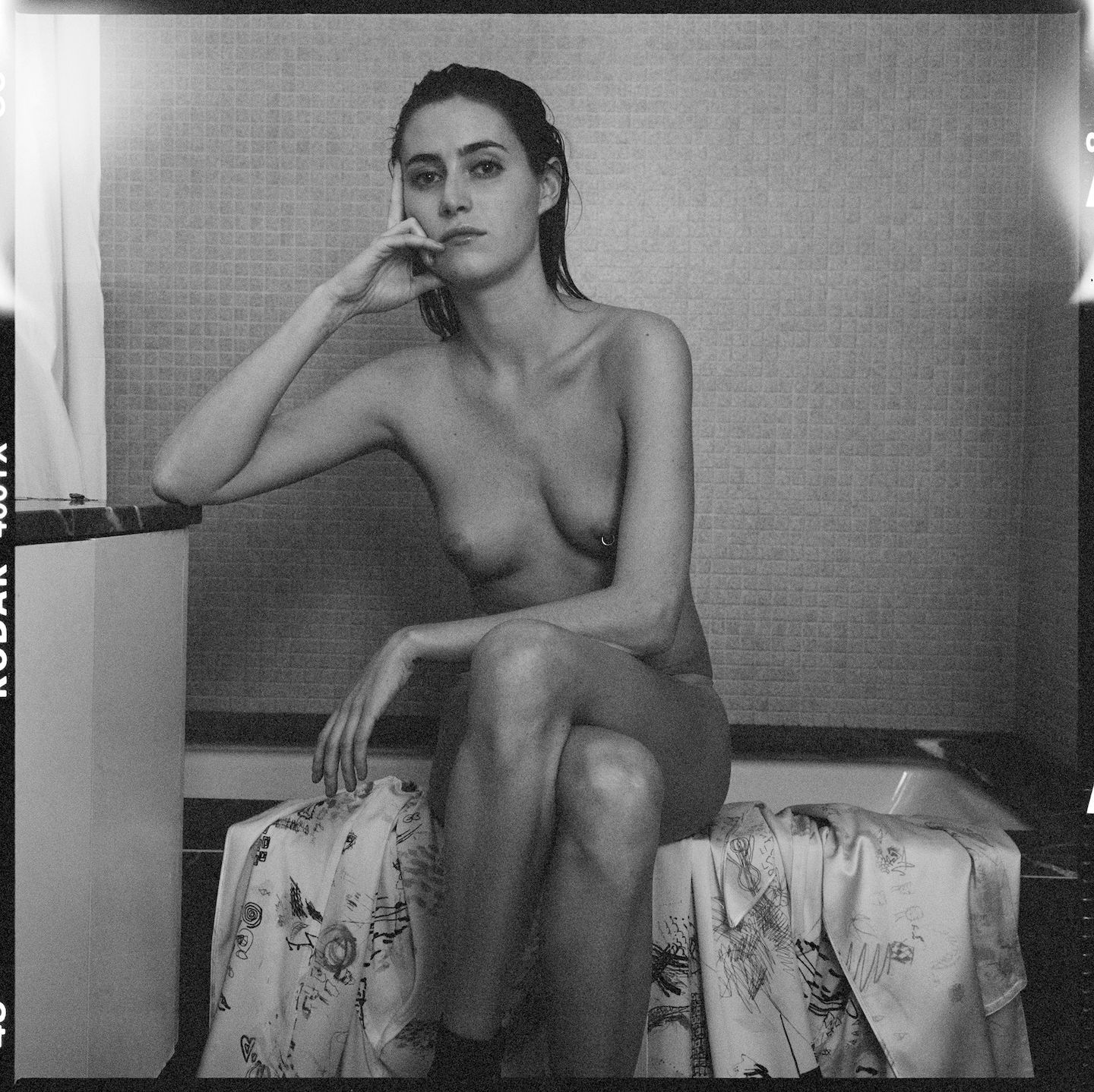
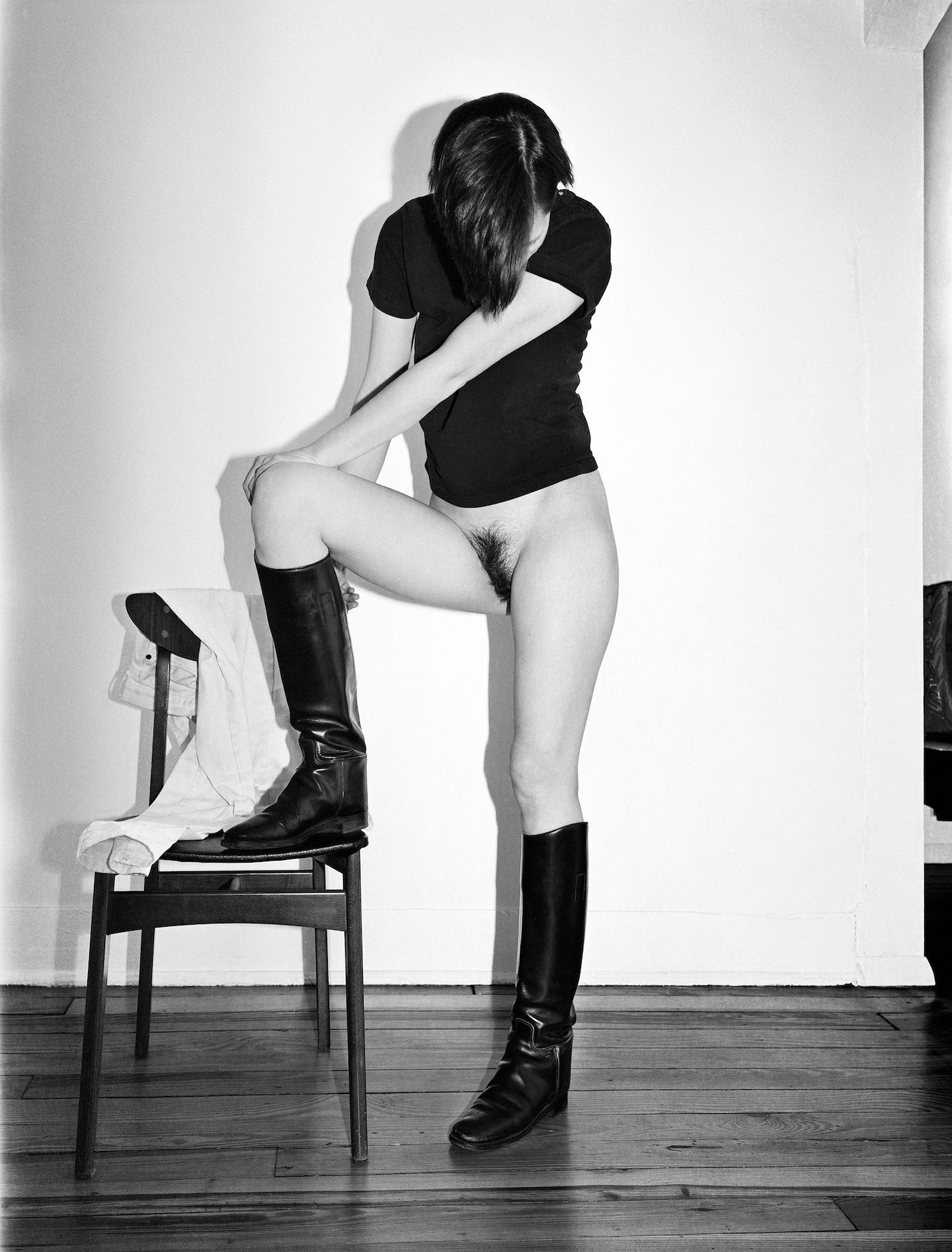
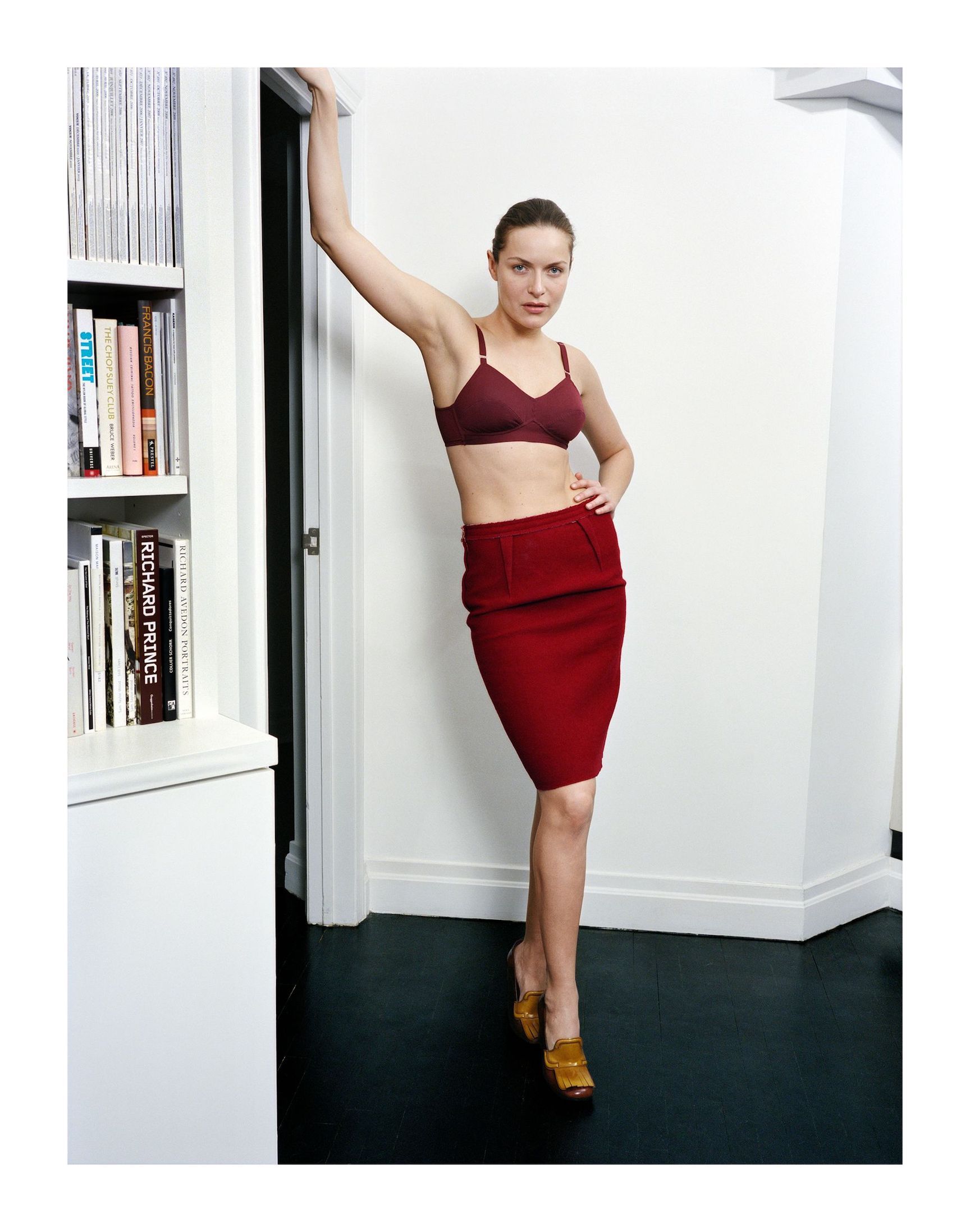
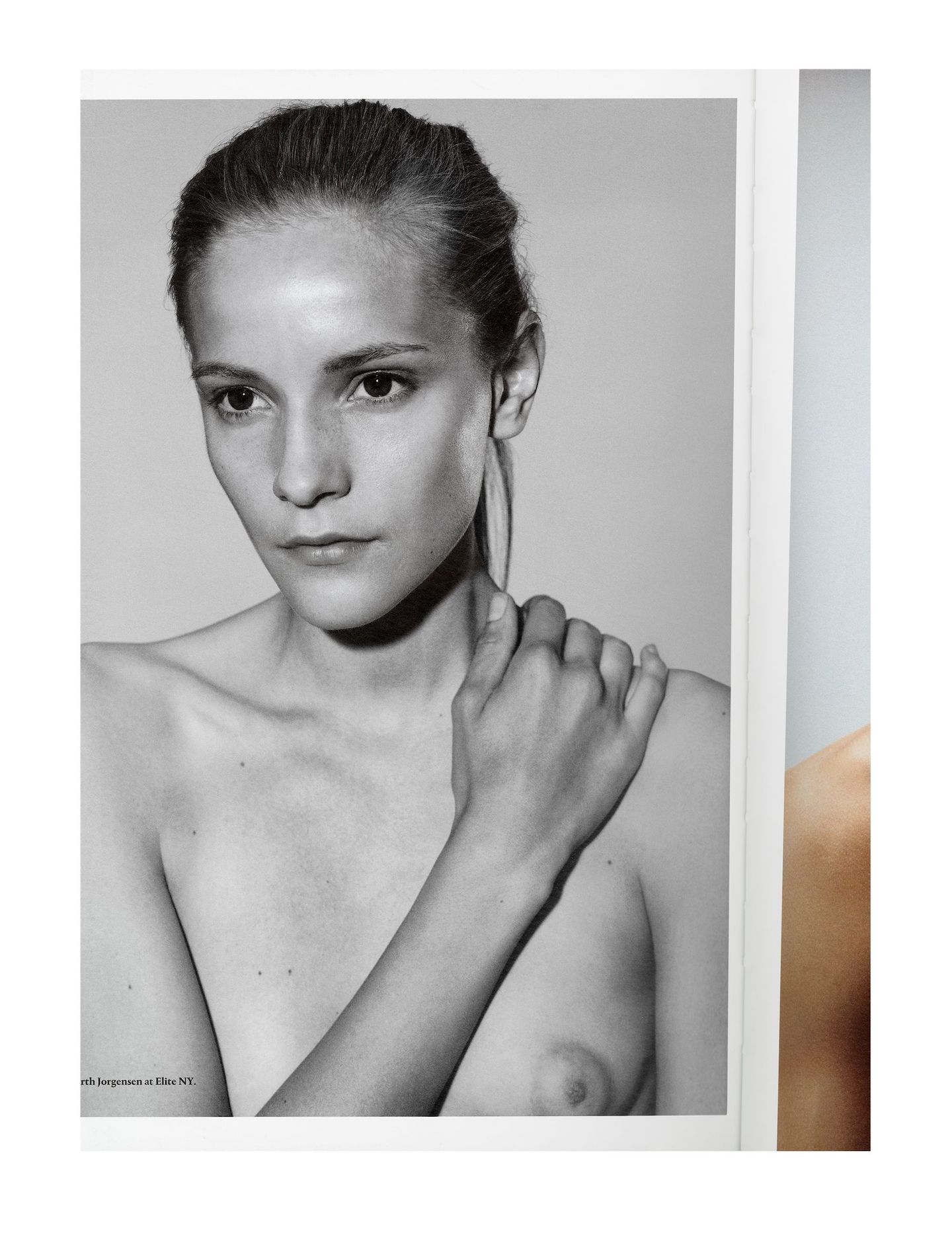
In 1989, COLLIER SCHORR began a 20-year relationship with a German woman. She started photographing in Germany. Subjects included flowers, buildings and adolescent boys, some dressed in Nazi uniforms she had acquired. (They’re illegal to possess or display there.) Each summer she visited and shot.
In Thomas Demand’s interview with the artist for 032c, which includes a 15-page foldout visual essay, Schorr remembers:
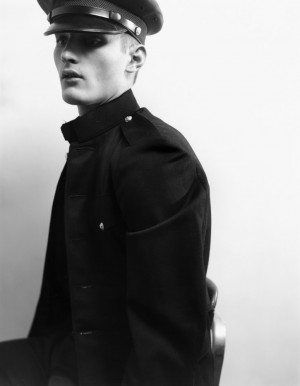
“As you know, scooter boys have a similar look to skinheads, so I was in red Doc Martens, a nylon army flight jacket, tight jeans rolled up. And I had very short hair at the time. I realized once, as I was walking home, that I was scaring people. They actually thought I was a neo-Nazi. I immediately found it more horrifying to scare than to be scared. I stopped wearing that look soon after. In my state of dress I would worry more about the “loadedness” of objects; in my artwork, not so much. Responsibility to suffering seems to me a worry for others. I’m not worried about it as much as I’m worried that any one picture is only about the subject; rather, a picture of a Nazi youth is also about the other youth of the day – it is also about the old person looking back and about the history of who might have taken that photo, or about who may have such a similar photo, or who feels okay about displaying that photo.”
Schorr’s current exhibition at 303 Gallery, “8 Women,” shows another side of the artist’s work: female fashion models:
“I was coming from S.V.A. in the ’80s,” she said. “Don’t objectify women or put them in front of the gaze. These essays said that in fashion women were given power because of their beauty but punished in the end. Who should I take pictures of? White boys. Nobody minded oppressing them. It was open season. Honestly, because I didn’t take fully nude, I pretended they were girls. A lot of them felt like girls. There was a gentleness.”
Gender strictures were ultimately limiting. “It was repressing,” she said. “I needed to set myself free.”
Her initial forays with female models were decidedly awkward. “I’d tap them on the shoulder and say, ‘I know this is oppressive,’ ”she said. “Let me tell you, that’s not the way to start a shoot! I didn’t realize how collaborative and empowering it could be to be shot. I found freedom in fashion work.”
“Art is solitary,” she said. “Fashion is theater. I feel like they must have in the gladiators’ time. I can feel when it’s good, when I’m killing.”
